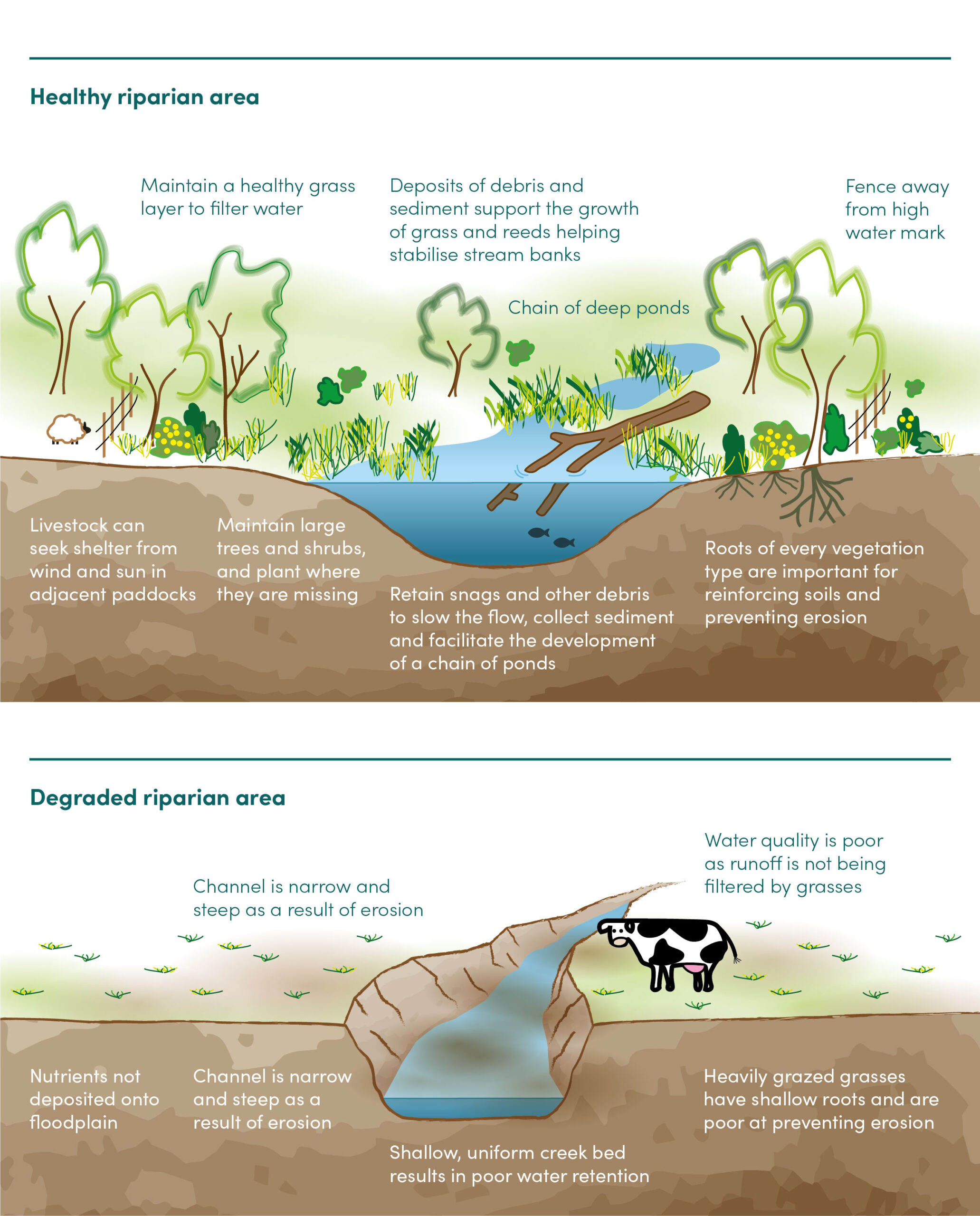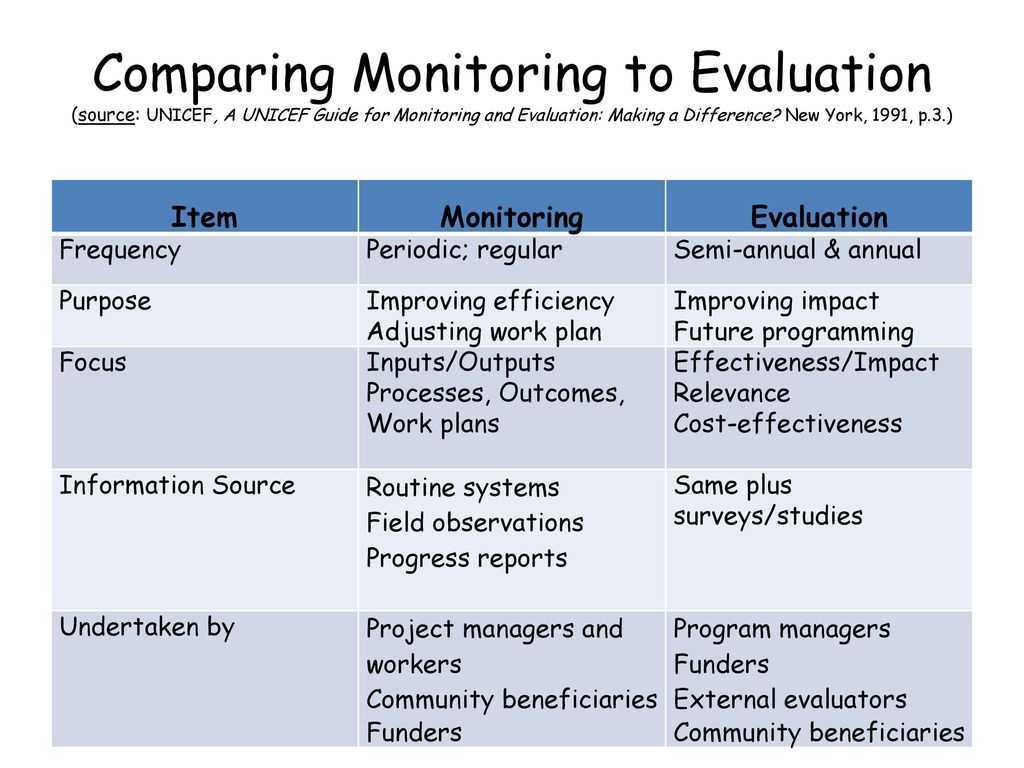Restoration Of Water Bodies Presentation
| Introduction to Restoration of Water Bodies | ||
|---|---|---|
| Restoration of water bodies involves the process of improving the ecological health and functionality of lakes, rivers, wetlands, and other aquatic ecosystems. The goal is to reverse the negative impacts of pollution, habitat destruction, and other human activities on water bodies. Restoration efforts aim to enhance water quality, promote biodiversity, and ensure sustainable use for future generations. | ||
| 1 | ||
| Importance of Water Body Restoration | ||
|---|---|---|
| Restoring water bodies helps to protect and conserve freshwater resources, which are essential for human survival and the health of ecosystems. Restoration can improve water quality by reducing pollution, sedimentation, and excess nutrients, creating healthier ecosystems and benefiting aquatic life. Restored water bodies provide recreational opportunities, support local economies, and contribute to the overall well-being of communities. | ||
| 2 | ||
| Common Restoration Techniques | ||
|---|---|---|
| Physical restoration involves actions such as removing barriers, restoring natural flow patterns, and creating or enhancing habitats for aquatic organisms. Biological restoration focuses on reintroducing native species, managing invasive species, and improving overall biodiversity. Chemical restoration may involve treatments to control pollution sources, reduce nutrient inputs, or improve water quality. | ||
| 3 | ||
| Restoring Riparian Zones | ||
|---|---|---|
| Riparian zones are critical areas where land and water meet, and they play a vital role in maintaining healthy water bodies. Restoration efforts for riparian zones often include planting native vegetation, stabilizing stream banks, and creating buffer zones to filter pollutants. Restored riparian zones help to reduce erosion, improve water quality, provide habitat for wildlife, and enhance the overall resilience of water bodies. | ||
| 4 | ||
| Case Study - Chesapeake Bay Restoration | ||
|---|---|---|
| The Chesapeake Bay restoration effort is one of the largest and most complex water body restoration projects in the world. The initiative involves multiple states, federal agencies, and stakeholders working together to reduce nutrient pollution, restore habitats, and improve water quality. The restoration efforts in the Chesapeake Bay have led to positive outcomes, including increased underwater grass beds, reduced pollution levels, and improved fisheries. | ||
| 5 | ||
| Monitoring and Assessment | ||
|---|---|---|
| Monitoring and assessment are crucial components of water body restoration projects. Regular monitoring helps to evaluate the success of restoration efforts, identify potential problems, and guide adaptive management strategies. Monitoring parameters may include water quality indicators, biological surveys, habitat assessments, and community engagement. | ||
| 6 | ||
| Funding and Stakeholder Engagement | ||
|---|---|---|
| Funding for water body restoration projects often comes from a combination of public and private sources, including government grants, philanthropic organizations, and partnerships. Engaging stakeholders, including local communities, NGOs, and industries, is essential for successful restoration as it promotes collaboration and ensures long-term support. Building public awareness and support through education and outreach initiatives is also crucial for the success and sustainability of restoration projects. |  | |
| 7 | ||
| Challenges and Future Outlook | ||
|---|---|---|
| Water body restoration faces various challenges, including limited funding, complex regulatory frameworks, and the need for long-term commitment. Climate change impacts, such as rising temperatures and altered precipitation patterns, pose additional challenges to water body restoration. However, advancements in technology, increased awareness, and international collaborations offer hope for the future of water body restoration. | ||
| 8 | ||
| Benefits of Restored Water Bodies | ||
|---|---|---|
| Restored water bodies provide numerous benefits, including improved water quality, increased biodiversity, enhanced recreational opportunities, and sustainable economic development. Restored ecosystems can also contribute to climate change mitigation and adaptation by acting as carbon sinks and reducing the impacts of extreme weather events. Overall, restoration of water bodies is crucial for the well-being of both natural ecosystems and human societies. | ||
| 9 | ||
| Summary | ||
|---|---|---|
| Restoration of water bodies involves various techniques aimed at improving ecological health and functionality. Riparian zone restoration, monitoring, stakeholder engagement, and funding are key components of successful restoration projects. Despite challenges, water body restoration offers numerous benefits and is essential for the conservation of freshwater resources. | ||
| 10 | ||
| References (download PPTX file for details) | ||
|---|---|---|
| Chesapeake Bay Program. (n.d.). Chesapeake Ba... U.S. Environmental Protection Agency. (n.d.).... Your third bullet... |  | |
| 11 | ||








